The rule of thumb in HR is to invest in employees’ training and development for better customer relations, higher retention rates, and overall business success.
To automate these processes to the fullest and be able to measure the success of implemented activities, HR managers opt for employee development software. For better or worse, today you can easily get lost in the sea of HR tool options.
Besides, when choosing employee development software for your team, you have to consider the interests of three groups:
- your HR team, seeking to automate the workflows and easily track & measure their results;,
- employees, who wants the ease of use and see real impact on their skills development;
- and business, talking the language of ROI, cost-effectiveness, and overall impact on business success.
To help you pick software which would be your right match, we wrote this blog post to help you choose workable employee development software.
In this guide, you’ll find key criteria to choosing a tool that’ll satisfy the HR function, motivate employees, and guard interests of business. Keep on reading!
#1. Alignment with goals
Understanding business objectives is crucial. To get a complete and objective picture of where your company is heading to, you need to go two ways: talk to the company executives – and listen to the employees. The company executive’s perspective will enable you with the company’s short- and long-term goals, while employees will share what they want to learn and how they see their career plans.
For instance, your goal may be to better understand which skills are available at the company and how future-ready they are. Or maybe your C-suite is planning to drive innovation and create a connected, agile organization. Or perhaps you strive to empower your employees to learn, grow, and get new skills independently.
Whatever purpose is on your mind, align the business and HR aspirations first, consider employees’ perspective, and set your main goal clear before you start exploring any employee development software.
Once you’re all set with it, think of opportunities and benefits you want to get with the software. Hence, when you start exploring the tools and features they offer, you can clearly see if there’s a match.
Here are a few essential must-have features to check.
#2. Features
Status quo of the skill landscape: automatic skill detection
Talking about employee development, first thing, it’s important to get a holistic view of the employees’ skills already available in the company. For that, it’s essential that the tool you choose would ensure this step works automatically and easily.
Hence, make sure the solution allows your employees to create personal profiles, upload their CVs individually, and extend and optimize their profiles later. But the key point here is to make sure the tool provides automatic skill detection in the employee profiles and extracting data from them. It will save your employees much time: the tool will screen their CVs and extract all the available skills out of it and make suggestions about the current skill level. The employee needs then only to re-check if the suggestions are correct and adjust skills if necessary.
Technical integrations
The next important thing is to check if the software integrates with other tools and platforms. Ask the software vendor if their software provides:
- Single-sign-on integration. It makes it easier for employees to log in this way, and for you as administrator to manage access to the software.
- LMS integration. Access to training pool from global platforms like Coursera, EDX, Udemy, LinkedIn Learning etc. is essential for employee development and can enrich your internal training assets.
- Connecting data via APIs. As an organization with thousands of employees, you surely store enormous data and use HR instruments. Make sure the software you’re looking at enables smooth integrations with your current instruments, Excel and other data management tools you use.
Enriching your data with external market insights
As a pro-feature, it’s great if the employee development software integrates with external market data. The market data can help you integrate the skill trends into your employee development strategy. With such an outside-in look, you can develop your employees according to future trends and workforce insights, spot skill gaps, and build the paths to future jobs and skill profiles all in one software.
This what the HR team of Austria’s leading telecommunications company A1 focused on. Striving to re-think their workforce planning, they realized that training of existing employees and their skills must be developed in time. Thus, to get prepared for the future requirements and challenges, A1 launched a project focused on development of their future Data Scientists and Data Engineers. By enriching employee development software with market insights, the company could unleash hidden potential of their employees, identify right candidates for future skill profiles, and foster independent, tailor-made learning to fill skill gaps and be prepared for future requirements.
Employee development done smart
Learn how A1 Group created personalized learning experience powered by AI and market intelligence insights.
Internal talent search
Internal talent mobility is the new black of talent management and workforce planning. Basically, it’s one of the modern approaches to how you can help employees with their career development: instead of looking for opportunities on the external market, people can find jobs or projects roles suitable to their skills and interest without having to leave the company. On the other hand, an organization can benefit from such an approach. Namely, by leveraging talent mobility, the company can easily identify the best-fitting talents for an open task, project or initiative.
Thus, we suggest keeping it in mind while looking for employee development software, as some vendors offer skill matching function that enables best-fit matching and fosters talent mobility in the organization.
Skill analytics and spotting the gaps
People analytics is an important aspect of employee development. You should use your available employee data wisely to get helpful insights for your strategy. That’s why it is important to check if the employee development software covers people analytics part. Through capturing employee data from the individual profiles, you can get an overview of your skill landscape, spot the skill gaps, and detect critical skills at the organization. And it’s equally important to access skill and proficiency gaps insights.
Free webinar on-demand
Take the overview of the tools that can help you streamline your skill analytics and managing skill gaps.
Career and skill suggestions
As the next logical step essential for employee development, make sure the software provides skill recommendations functionality based on the existing skill profile.
This feature is even more critical for your employees, so check if they can easily:
- Navigate through different careers paths
- Learn how future-proof their career paths are
- Identify hot jobs in your company and get a clear individual learning path to develop themselves towards the desired job role
- Learn about skills that need to be improved to match a specific job profile
With this feature in place, you can continuously track your employee development progress and ensure this process is aligned with organizations’ goals and plans.
Learning recommendations
Another feature important for employee development software is the opportunity to get automatic learning recommendations. With software powered by smart algorithms, you can define training types and sources available for the employees and ensure that trainings are tailored to the employee skill profiles. Some software includes the trainings from Coursera, Udemy, edX, and other external online learning platforms, or also are able to integrate your internal training pool into the learning recommendations.
And, just as with other features, it’s essential that employees have an opportunity to easily browse through available and recommended training courses.
Accessibility and easy-to-use
To address the interests of them all, make sure the employee development software you choose:
- Is easy to access via web and mobile for everyone within the organization
- Provides access to existing data and allows for tracking the employee development process
- Has accessible dashboards and rich visualizations providing analytics and can be easily ‘translated’ from the language of employee and HR insights into language of business and figures
#3. Data security
The next aspect you want to explore once you go through the feature checklist is data security.
It’s essential to make sure that all the materials and documents stored in the software, as well as all the technical integrations, go under data security policies. Hence, along with examining if the employee development software is properly compliant with privacy regulations like GDPR, CCPA or CPRA, check if the vendor has any certification for data privacy and have procedures and technology to ensure its security.
#4. Implementation time and onboarding
Once you’ve checked all the crucial aspects and the list of available features, you want to know how much time it will take to embrace the employee development software.
Typically, good onboarding coaching shouldn’t take more than 5-7 days. Also, make sure that you get guidance with all onboarding materials and documents, get support for technical implementation, user onboarding, and internal approvals. Besides, it’s nice if the software vendor offers go-live support and also provides a self-service onboarding platform for every user.
Final thoughts
Here at HRForecast, we help companies like BASF, Merck, T-Mobile, Continental, and many others build a future-proof workforce with our SaaS solutions for skill management and workforce planning. Check out our tools or contact us to learn more about customized solutions for your organization.
Stay up to date with our newsletter
Every month, we’ll send you a curated newsletter with our updates and the latest industry news.


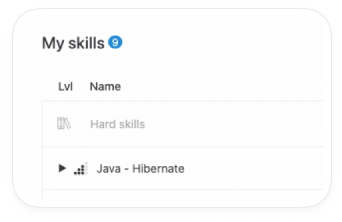
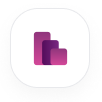









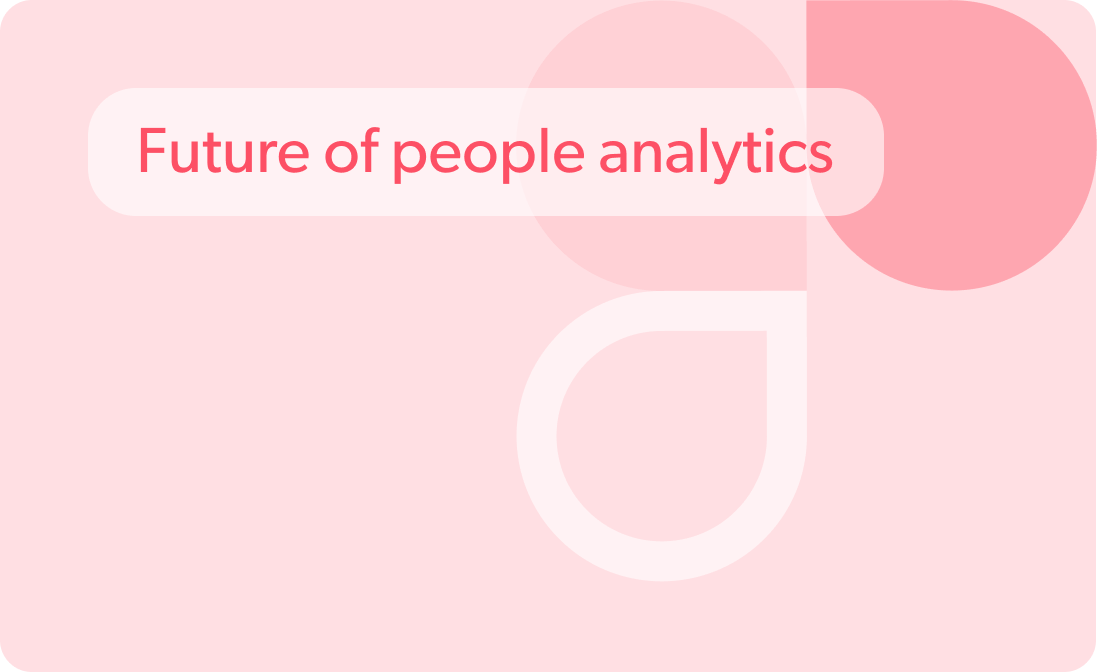

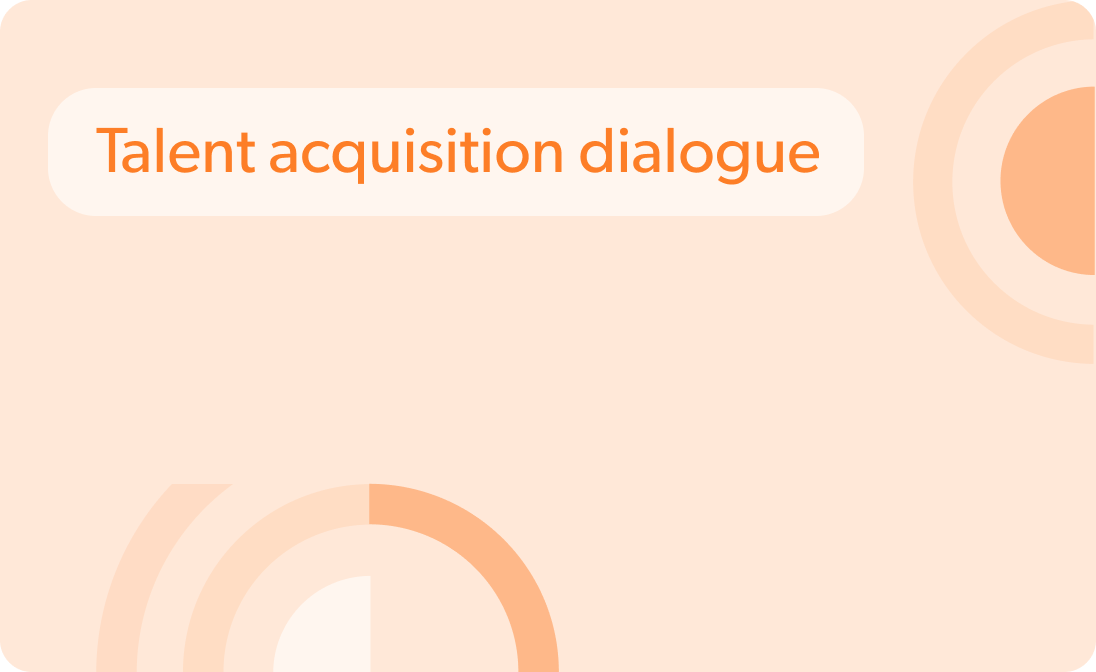










 info@hrforecast.de
info@hrforecast.de
 +49 89 215384810
+49 89 215384810






